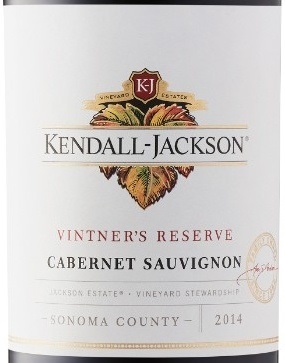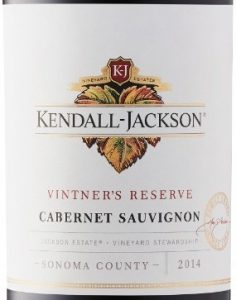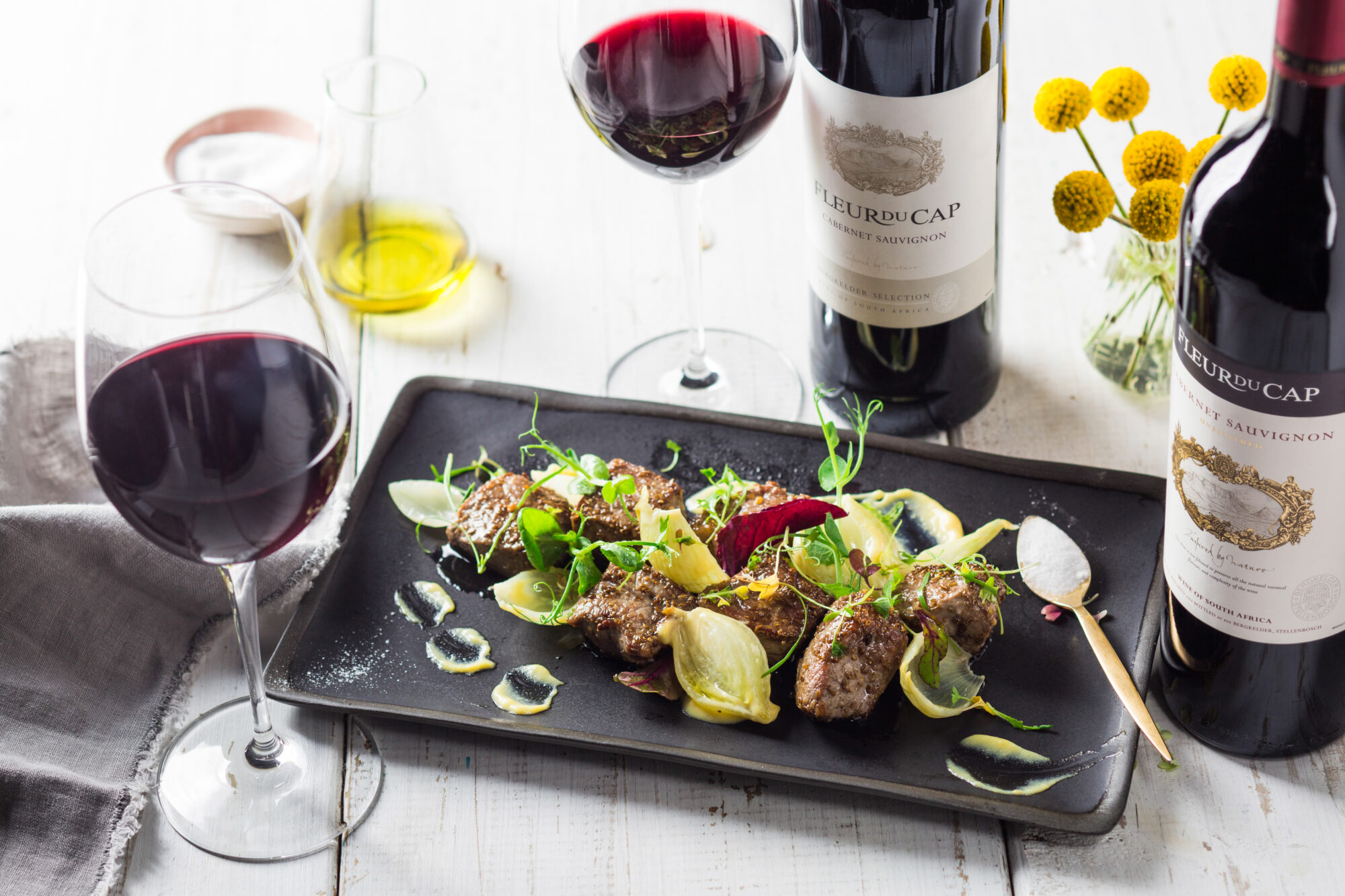According to Wine-Searcher, Australia produces seven of the world’s top 10 value Cabernet Sauvignon. Based on wines with at least a 90-point rating + and dividing the rating by the wine’s price, Cabernet Sauvignon from Australian regions Clare Valley, McLaren Vale, Coonawarra, Langhorne Creek and Margaret River out-performed wines from international competitors Napa Valley and Bordeaux.
This comes on top of Australia’s strong performance at the 2019 Decanter World Wine Awards. Of the 27 gold medals awarded to Cabernet Sauvignon, Australia received the most with seven golds ahead of France and South Africa.
Gold medals awarded to Cabernet Sauvignon at the 2019 Decanter World Wine Awards:
Australia 7
France 4
South Africa 4
Chile 3
China 3
USA 2
Italy 1
Romania 1
Bulgaria 1
Israel 1
Total 27
Did you know that Cabernet Sauvignon is the world’s most planted grape variety?
According to IWSR, Cabernet Sauvignon is the world’s largest selling variety with 163 million cases (9-liter case equivalents) sold across the globe in 2018. Cabernet Sauvignon is Australia’s second most planted red variety behind Shiraz.
In 2019, while the overall Australian grape-crush declined by 3 percent, the Cabernet Sauvignon crush increased by 3 percent to just over 250,000 tonnes and reflecting growing demand, the average purchase price of Cabernet increased by 14 percent to $846 per tonne. Reflecting the premium nature of Cabernet Sauvignon, 12 % of the Cabernet Sauvignon purchased by Australian wineries was at prices above $1500 per tonne (vs 7 % for all grapes).
Australian Cabernet Sauvignon is shipped to over 114 markets around the world, with China and the United States the two biggest export destinations with a combined 70 percent value share.
The premium status of Australian Cabernet Sauvignon is also evident in the latest export figures. Exports of Australian single variety Cabernet Sauvignon averaged A$6.71 per liter in 2018–19, well-above the total average for all red wines of A$4.54 per liter. Australian Cabernet Sauvignon was destined for 114 markets
According to IRI Worldwide, in 2018–19, sales of Australian Cabernet Sauvignon grew 6 % in value in the USA’s off-trade market, double the overall Cabernet market growth rate of 3 %. For Australia, the strongest growth is coming at US$8–14.99 per bottle and, albeit off a small base, above US$25 per bottle.
The Clones
Wine Australia is also investing in R & D into Cabernet Sauvignon. The South Australian Research and Development Institute (SARDI) is currently into the final year of a three-year project, ‘Cabernet Sauvignon trials to evaluate response to climate and management.’ Three field sites of Cabernet Sauvignon plantings will be established in contrasting climates and soils. Each will contain at least 10 Cabernet Sauvignon clones that will be selected in collaboration with the sector and monitored to ensure that vines are well-established.
In the future, clone performance will be evaluated via a range of parameters including vine phenology, vegetative and reproductive growth, water relations and berry traits. The construction of the trial will allow comparison between different clones at the same site and between the performance of each clone in different.
SARDI
https://pir.sa.gov.au/research/about_sardi
Wines Australia
https://www.wineaustralia.com/






